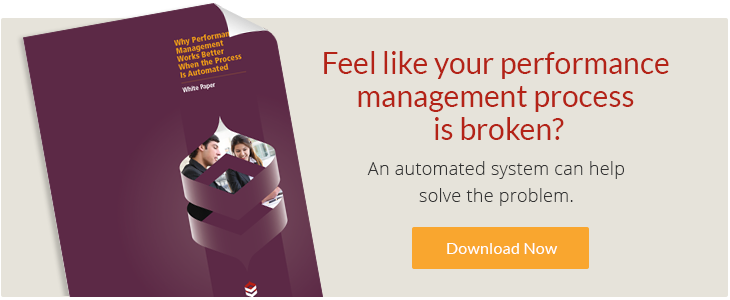Key Performance Management Metrics You Forgot to Assess

As Deloitte redesigns their performance management system, it has made some leaders wonder, What am I missing? Assessing employee performance isn’t just about measuring their skill; it produces inconsistent data. Instead of evaluating the immediate skill set (which can change) consider the employee’s future potential which can be indicative of their dedication to the organization (for the sake of longevity predictions). With all of the key performance indicators you’ve been trained to measure per the organization’s standards, it’s easy to miss some of the most important metrics of employee performance. What are these key performance metrics you forgot to assess?
Skills of today
You’re already evaluating current skills your employees have. That’s the traditional view of employee performance appraisals, right? However, as I alluded to before, it can’t be the only means of evaluation. Your employees are worth more than what they’re able to do today and what they were able to do yesterday. Because basing someone’s organizational “worth” off of their current skill set is so inconsistent when it’s based on managerial perspective alone, the manager’s opinion about the particular value of a skill becomes prominent and subsequently, the performance appraisal becomes less objective.
A study conducted in 2000, published in the Journal of Applied Psychology, revealed that 62% of the variance in employee performance ratings could be accounted for by the raters’ individual perceptions. Another 21% of the variance can be attributed to the actual performance.
Potential for tomorrow
Depending on the culture of your organization, the traditional 360-degree feedback may not fit performance management needs. When you have a third party assess for employee performance, in addition to a current evaluation of skills, ask managers about their future expectations of their team members. It provides a more consistent rating than just regular and periodic skills assessments. Ashley Goodall, Direct of Leader Development at Deloitte Services LP, said:
“People may rate other people’s skills inconsistently, but they are highly consistent when rating their own feelings and intentions. To see performance at the individual level, then we will ask team leaders not about the skills of each team member but about their own future actions with respect to that person.”
So, instead of basing reviews solely on past performance metrics, consider bringing in future manager actions into the mix. How will they prepare their staff for promotion? Are their employees at risk for future low performance (based on a potential problem)?
Tweet This: Look at the culture of your organization. What kind of performance management needs fit?
Filling the gaps
Be prepared to augment your talent… not in the sense of being ready to recruit new hires to fill the gaps, but rather filling the gaps of employee’s current skills compared to what they will need in the future. Employees want the opportunities for development, so why not give them a little extra push towards better performance with some extra training?
With the slowly changing workforce dynamic, performance is impacted by training and the chance for professional growth. Because you as leaders control the most prized commodity in today’s economy – jobs – it’s important you invest in the development of your employees. Employers currently spend $486 billion annually on training alone… there has to be a program for an employee who shows potential.
In order to assess these capabilities for ascension through the corporate ladder, the third-party evaluator needs to have the input of the manager. What are the skills the employee has that show a propensity for leadership potential? Where does the employee see themselves going (based on the assumption managers communicate with employees regularly).
Tweet This: Performance is impacted by training and the chance for professional growth. What’re you doing to help?
Although Deloitte has done their own research about how they can better their performance management system, consider reevaluating how you as a leader drive performance in your organization. Is it based on the perceived value of skill? Or what about your employees’ abilities to rise through the ranks if given the opportunities to do so? You need to be able to assess who they are now to who they could be as leaders, and fill in the gaps with proper training. Performance appraisals are just one small – but necessary – step in creating a talent pipeline suited for your organization’s needs.

